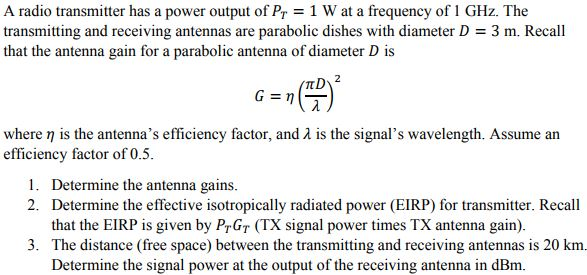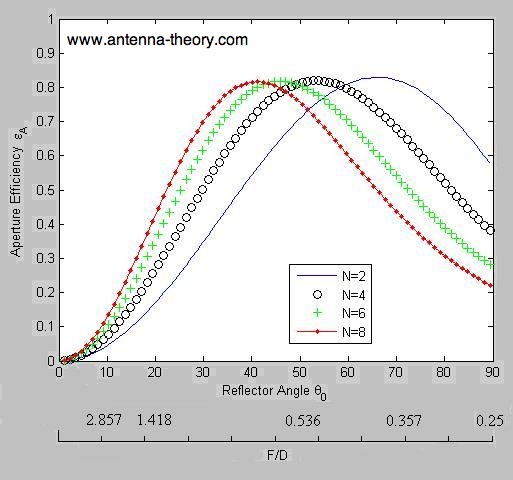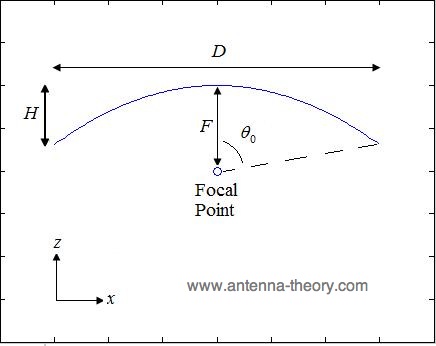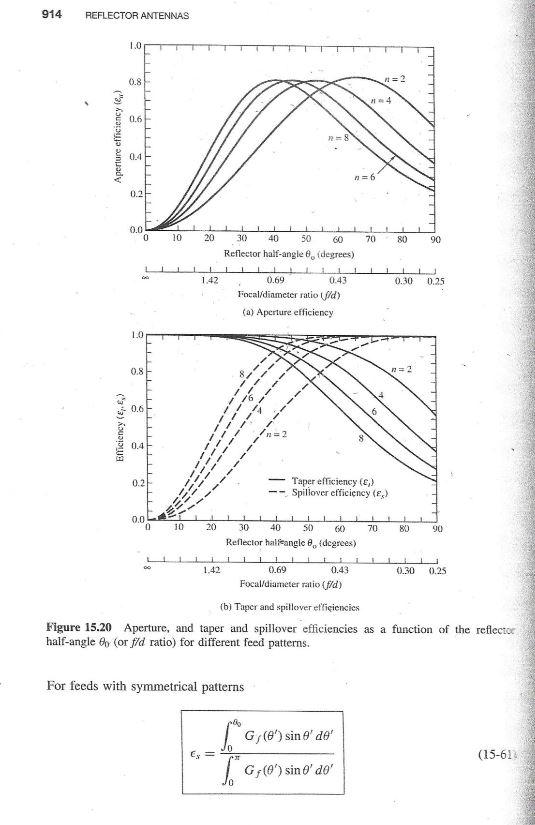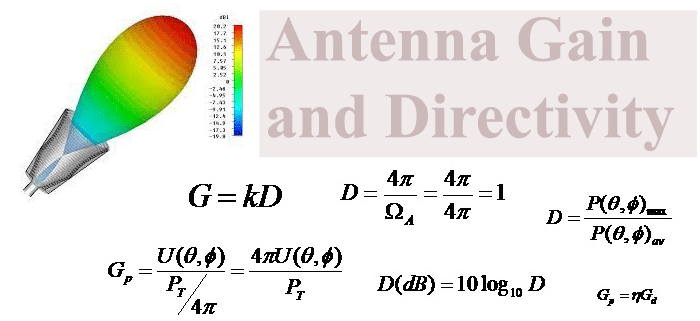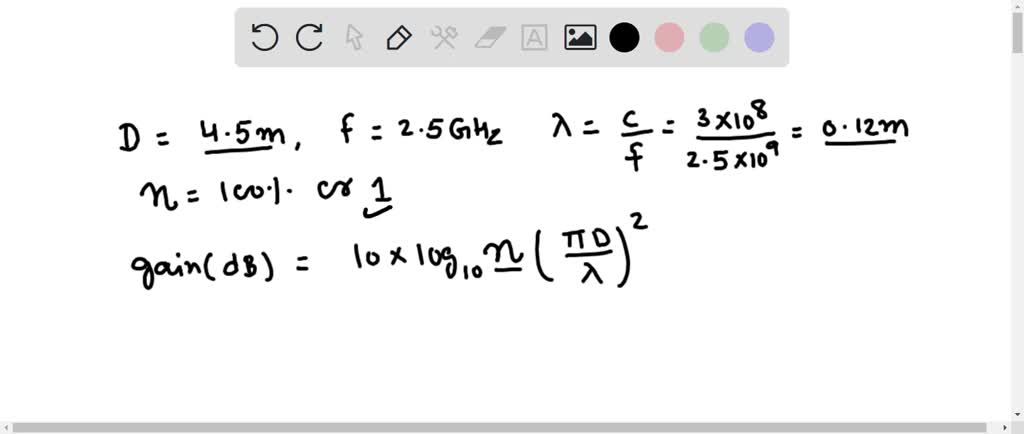
SOLVED: A parabolic antenna with a dish diameter of 4.5 m operates at a frequency of 2.5 GHz (assumed uniform illumination). Calculate the beamwidth angle and the antenna gain in dB.
At 20 GHz, the gain of a parabolic dish antenna of 1 meter - Sarthaks eConnect | Largest Online Education Community
a) The offset parabolic antenna, (b) theoretical gain vs. diameter of... | Download Scientific Diagram
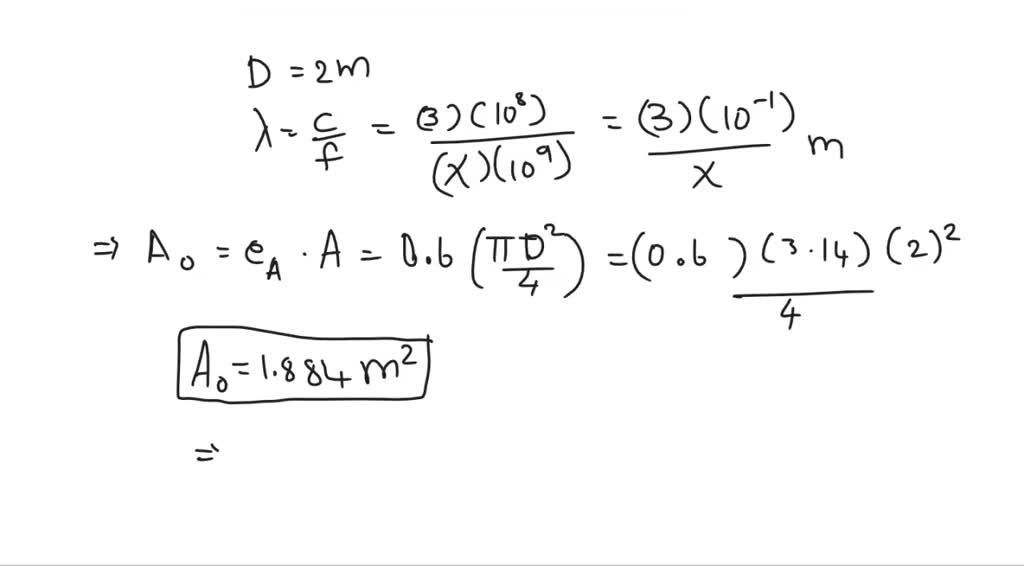
SOLVED: Consider a parabolic reflective antenna with a diameter of 2 m operating at X GHz, what is the effective area and the antenna gain? so find X if gain in db = 45.56??

Calculate the effective aperture of a parabolic reflector antenna with diameter of 1.5m - Brainly.in
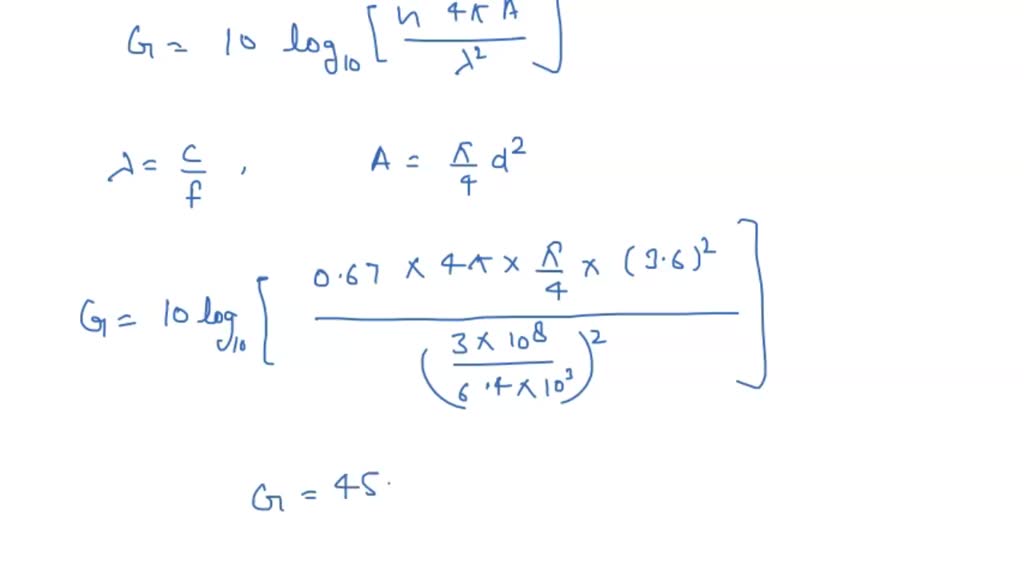
SOLVED: Given a 3.6-meter parabolic reflector antenna operating at a frequency of 6.4 GHz, with an antenna efficiency of 67%, what is the gain of the antenna in dBi? a. 45.9 dBi



